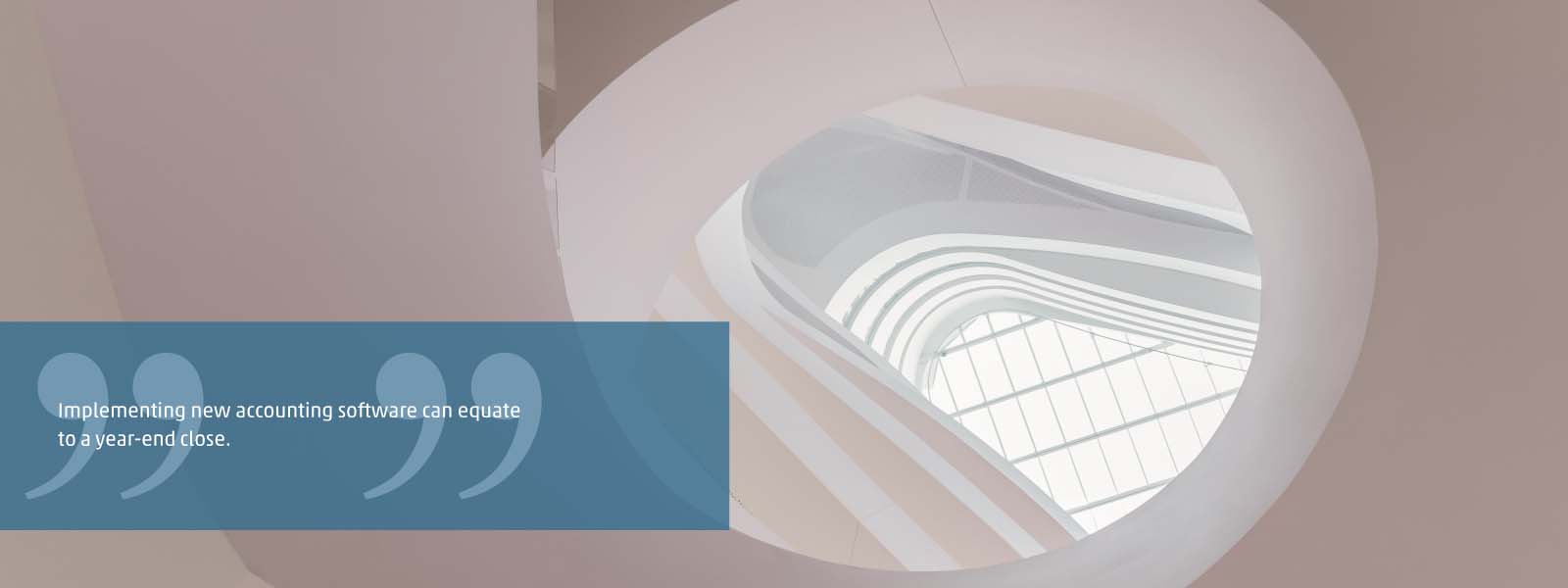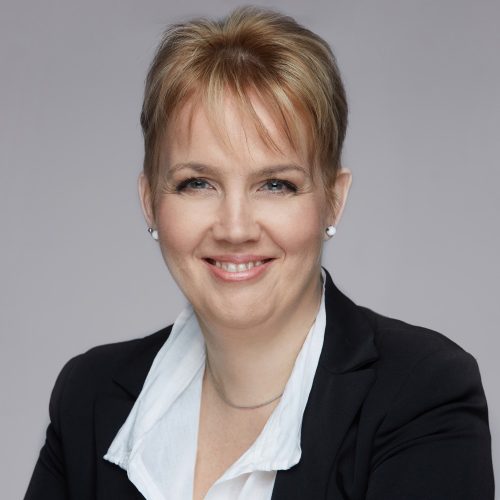The time comes in the life of every company when tried-and-tested accounting software loved and known by the accountant needs to be replaced by another one to meet the changing needs of the business. The time and energy invested in implementing new accounting software pays off in the long run, but the implementation process itself can be very stressful.
In this article I present an example where the company’s accounting is based not only on Hungarian legislation (HU GAAP), but also on US laws (US GAAP). Since accounting under US GAAP rules may differ from the rules of HU GAAP both at the level of accounting policies and legislation, these differences must be integrated into the new system. I describe the circumstances of this process – as I have experienced them – in my article.
When to roll out new accounting software
I believe the new system should be introduced at a time when the accountant’s life is relatively calmer. Starting something new always requires extra effort, and it can be advisable to take this into account when making your decision. Implementing new accounting software can equate to a year-end close, and the amount of energy required is influenced by the volume of work, daily tasks and other circumstances at the given company.
Consideration must also be given to whether there is sufficient capacity to roll out the system, whether there are enough people to take on this extra task alongside day-to-day activities, and whether all the needs of all parties can be taken into account.
Changing chart of accounts
When making the switch, you might rightly think that the primary accounting in the new software will still be done in accordance with Hungarian law, but that’s not necessarily the case. In the current situation, the primary accounting is US GAAP accounting which meant a corresponding chart of accounts. The HU GAAP general ledger numbers had to be assigned to these general ledger numbers, and any new ledger numbers had to be added in the new system. In preparation for this, a number of reconciliations were previously made to ensure the same kind of HU GAAP ledger numbers were opened in accordance with the same kind of US GAAP ledger numbers. However, it still happened, for example, that a payroll-type Hungarian general ledger account was opened as a service account under US GAAP, and the balance of the account had to be transferred to the appropriate place under Hungarian law.
Content of general ledger numbers
Despite the many preparations for reconciling the general ledger figures, differences based on the various laws and accounting policies still arose during the accounting process, which we were only able to deal with when they emerged. One such difference was the threshold for capitalising tangible assets. While capitalising tangible assets in the US GAAP general ledger only became relevant – in our case – for assets of USD 5,000 or more, in the HU GAAP general ledger all tangible assets must be capitalised, regardless of the threshold. It is also interesting to note that the tangible assets not capitalised under US GAAP are booked on the profit and loss side of the general ledger, not among work-in-progress, as is common under HU GAAP. The risk here is that if the accountant is not attentive enough, the tangible asset will be included under retained earnings on the HU GAAP side in the following year, which is very difficult to correct.
A similar example is the widely known deferred tax which is not a concept used in Hungarian law, but is applied in US GAAP, and as such, it has to be accounted for. In this case, it may be advisable to ensure – if possible – that this item cannot be recognised in the HU GAAP general ledger, or that it is adjusted by this amount no later than at the end of the year.
Integration of general ledgers into the new system – opening
In this case, the opening date was 1 July, so the new accounting software was introduced during the year. The balance of each general ledger number was opened under the corresponding general ledger number in the new system, based on HU GAAP. By comparison, in the US GAAP general ledger, the profit and loss accounts were opened on the retained earnings ledger account, which we had to take into account when eliminating the differences between the general ledgers at the year-end.
In addition, we had to check that the correct opening balance was entered in the system for the right general ledger number, and at the correct amount.
General ledgers in different currencies
In this case, the two ledgers had different currencies. The US GAAP accounting currency was USD, and the HU GAAP accounting currency was HUF. These differences occurred during the year-end revaluation, and when accounting foreign-currency bank balances at the end of the year. In this case, for example, the USD bank account is denominated in the accounting currency under US GAAP, so there is no need to calculate the exchange rate. By contrast, in the general ledger under HU GAAP, this counts as a foreign-currency bank account, and as such, in accordance with Hungarian law any incoming items must be recorded at the chosen exchange rate, while outgoing items must be recorded at the average exchange rate. The USD balance should match in both cases of course, but the HUF amounts may differ.
Tasks during the year-end close
Since two general ledgers had to be managed within the one system, the year-end close was extended to include other activities that were not previously carried out. The first step was to eliminate all items in the HU GAAP general ledger that were legally recorded under US GAAP but are not allowed under Hungarian law. Furthermore, any items treated differently owing to the different legislation and accounting policies (see: content of general ledger figures) had to be eliminated. When all this was done, the classic accounting close could begin.
Audit
During the year-end audit you have to be prepared for routine things perhaps not running so smoothly after the introduction of the new accounting software. The auditors will be given a completely new general ledger, which they also have to understand and put through their own systems. Examining opening balances is also an additional task for the audit that previously didn’t have to be conducted. This can also increase the time needed for the audit, and thus the deadlines prescribed by the company’s internal policies may also need extended.
Post-audit work
Once the audit is over, you can finally start to deal with the current financial year. Any issues that the auditor or the accountant finds during the audit must be remedied in the next financial year, in preparation for the smoothest possible close of that financial year.
Advantages of new accounting software
It is clear that implementing new accounting software takes a lot of preparation and energy, but this investment will have its benefits. From a work perspective, for example, you can omit reports that were previously needed, but now that both general ledgers are managed in one system and everyone has access to the data, these are no longer relevant. And last but not least, it can represent huge professional development for the accountant too.
In this article we endeavoured to give you a flavour of implementing a new system, and to highlight the most important things. Many other issues can arise during a system implementation of course, as every company is different and every accountant is different, so there is no one-size-fits-all solution to prepare for such an event. It follows from the above that differences between countries due to different legislation can cause minor surprises, which should be addressed by taking accounting advice before rolling out the new accounting software. Feel free to contact us.











